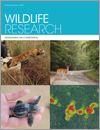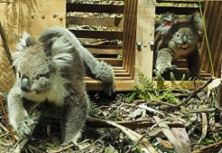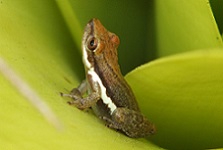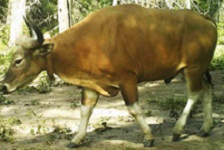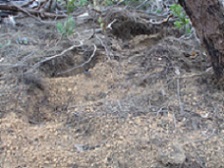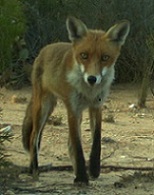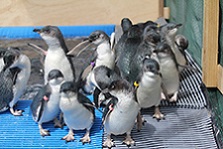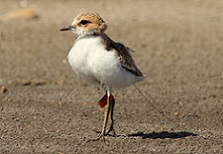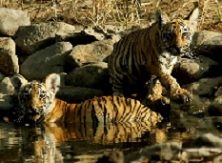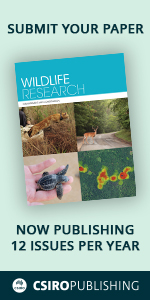WR19008Detecting, counting and following the giants of the sea: a review of monitoring methods for aquatic megavertebrates in the Caribbean
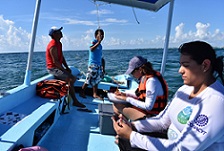
Most of the aquatic megavertebrates in the Caribbean Sea are vulnerable and some of them are on their way to extinction. The aim of the present review was to critically examine the methods used for monitoring marine megafauna in the Caribbean, so as to create a framework for future monitoring efforts. This work has provided a background that enables scientists working in the region to propose future directions of such monitoring efforts. Photograph by Angelli Argaez Gasca.


